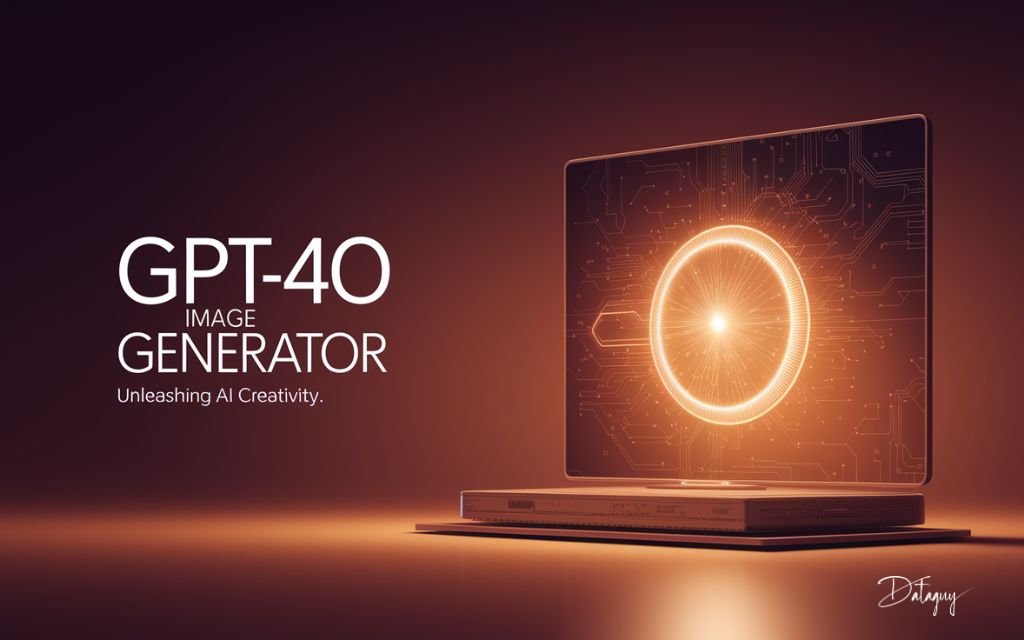Insights Index
ToggleGPT-4o AI Image Generation: Transforming Digital Creativity
Introduction
In the rapidly evolving world of AI, OpenAI’s GPT-4o is making waves, not just for its text generation but for its groundbreaking image generation capabilities. This marks a significant leap in AI-driven creativity, rivaling established players like MidJourney, DALL·E, and Stable Diffusion.
But what sets GPT-4o apart? Let’s dive deep into its features, advantages, and real-world applications.
What Makes GPT-4o’s Image Generation Unique?
GPT-4o takes a holistic multimodal approach, integrating text and visual understanding to create highly detailed, photorealistic images from text prompts. Here’s what makes it stand out:
Realistic and High-Resolution Output
- Generates images with stunning clarity and high pixel accuracy.
- Excels in lighting, shading, and depth, producing near-photographic realism.
Enhanced Context Awareness
- Better understands nuances in prompts, leading to coherent and accurate visual outputs.
- Ideal for complex compositions, such as multi-object scenes and abstract concepts.
Speed and Efficiency
- Outperforms previous versions with faster rendering times.
- Reduces artifacts and inconsistencies common in earlier AI models.
GPT-4o vs. Other AI Image Generators
| Feature | GPT-4o | DALL·E 3 | MidJourney v6 | Stable Diffusion XL |
|---|---|---|---|---|
| Realism | High | Medium | Very High | High |
| Prompt Adherence | Strong | Strong | Moderate | Variable |
| Speed | Fast | Fast | Moderate | Slow |
| Customization | Extensive | Extensive | Highly Flexible | Open-Source |
| Multimodal Understanding | Yes | Limited | Limited | No |
Applications of GPT-4o in Image Generation
Graphic Design & Branding
- Generates high-quality logos, banners, and branding elements in minutes.
- Enables rapid prototyping of marketing visuals.
Entertainment & Gaming
- Assists in concept art creation for video games, movies, and animation.
- Enhances world-building by generating landscapes, characters, and props.
E-commerce & Product Design
- Produces photorealistic product renders, reducing the need for expensive photoshoots.
- Facilitates quick A/B testing of visual advertisements.
Education & Research
- Helps in creating visual aids, scientific diagrams, and historical reconstructions.
- Improves accessibility by generating visual representations for text-based content.
Sample Prompts for GPT-4o Image Generation
General AI
- Create an infographic explaining the basics of Artificial Intelligence, covering machine learning, deep learning, and NLP with a clean, modern design.
- Generate an infographic titled ‘The Evolution of AI,’ showcasing key milestones in AI history with a timeline format.
- Design an infographic illustrating the different types of AI: Narrow AI, General AI, and Superintelligence, using contrasting colors and clear definitions.
Generative AI
- Create an infographic explaining what Generative AI is, including examples like image generation, text generation, and music creation.
- Design an infographic titled ‘How Generative AI Works,’ showing the training process and content creation with a step-by-step flow.
Retrieval-Augmented Generation (RAG)
- Create an infographic explaining Retrieval-Augmented Generation (RAG) with a sequential flow covering retrieval, augmentation, and generation.
- Generate an infographic titled ‘Why Use RAG?’ Highlight the benefits such as improved accuracy and reduced hallucinations in language models.
Ethical Considerations and Challenges
- Deepfake Risks: Increased potential for manipulated media and misinformation.
- Copyright Issues: Ensuring that generated images don’t infringe on existing copyrights.
- Bias in AI Outputs: Addressing any unintentional biases in image representation.
Future Prospects
OpenAI’s continuous improvements in model training, dataset refinement, and ethical AI frameworks will shape the future of AI-generated imagery. Expect future iterations of GPT-4o to enhance realism, provide better user control, and expand multimodal interactions.
Final Thoughts
GPT-4o is not just another AI image generator—it is a transformational tool that pushes the boundaries of AI creativity. As businesses and individuals embrace this technology, the potential for innovative applications is limitless.

